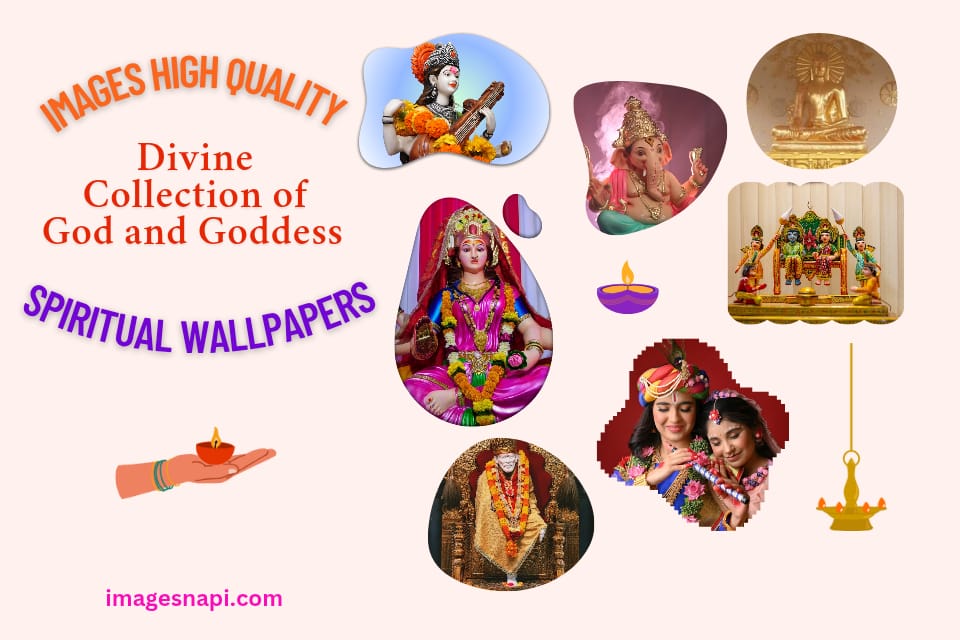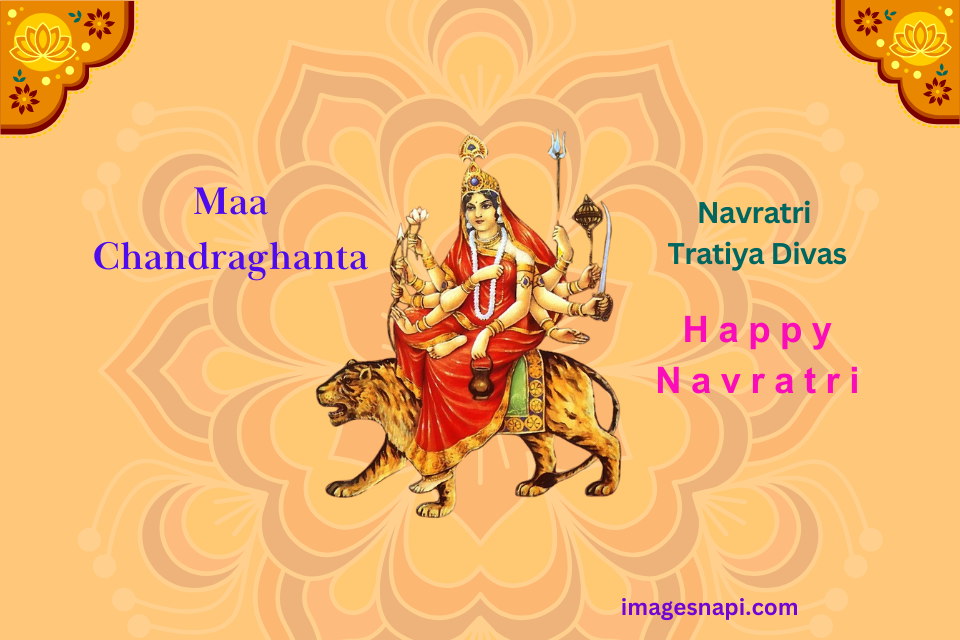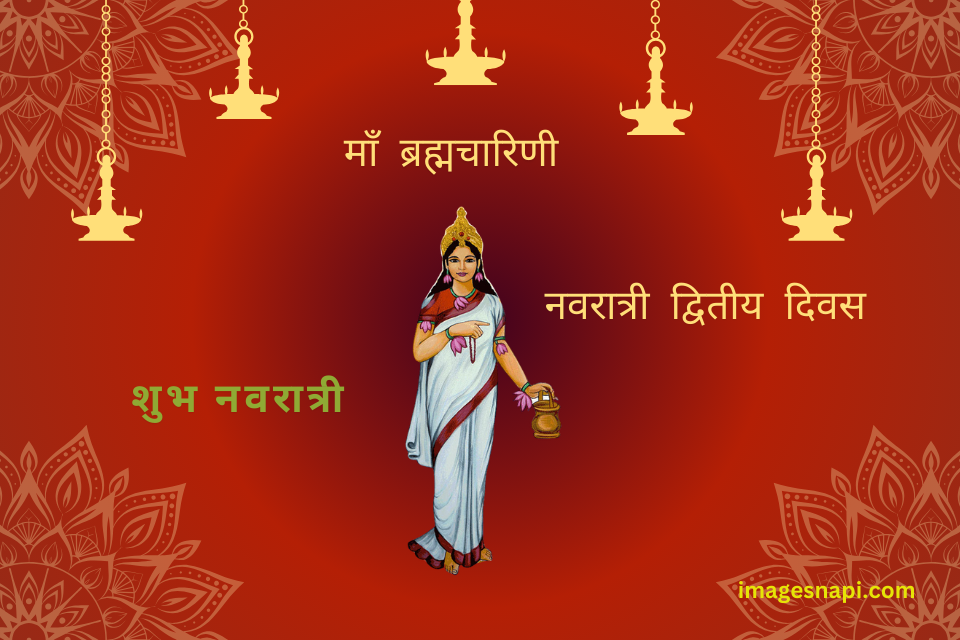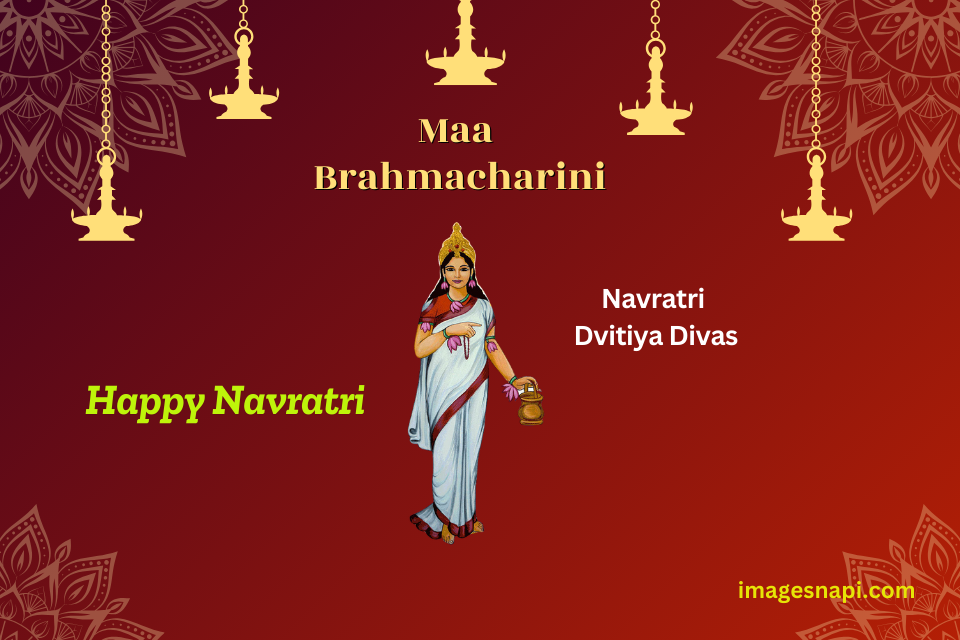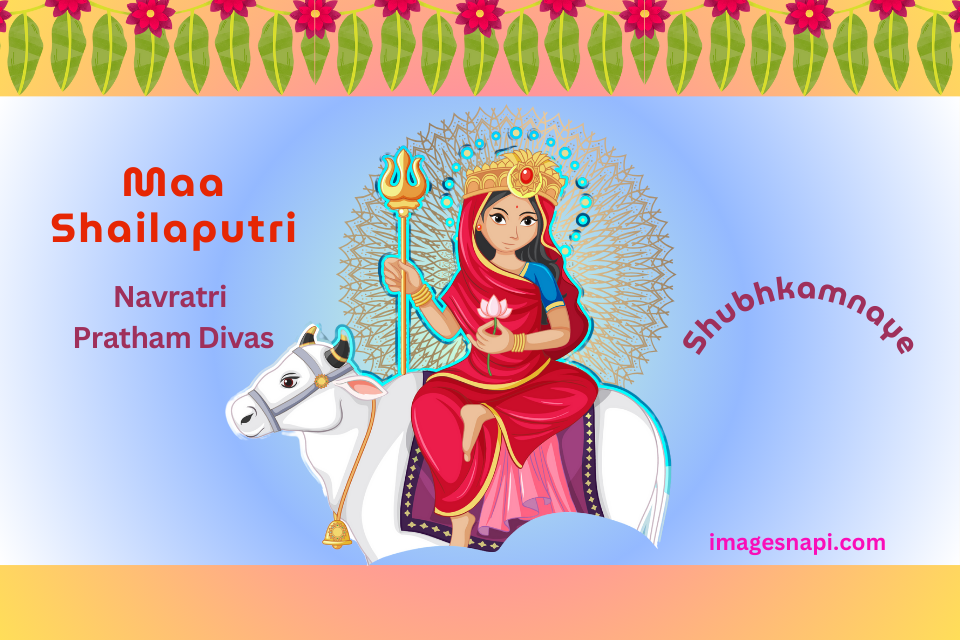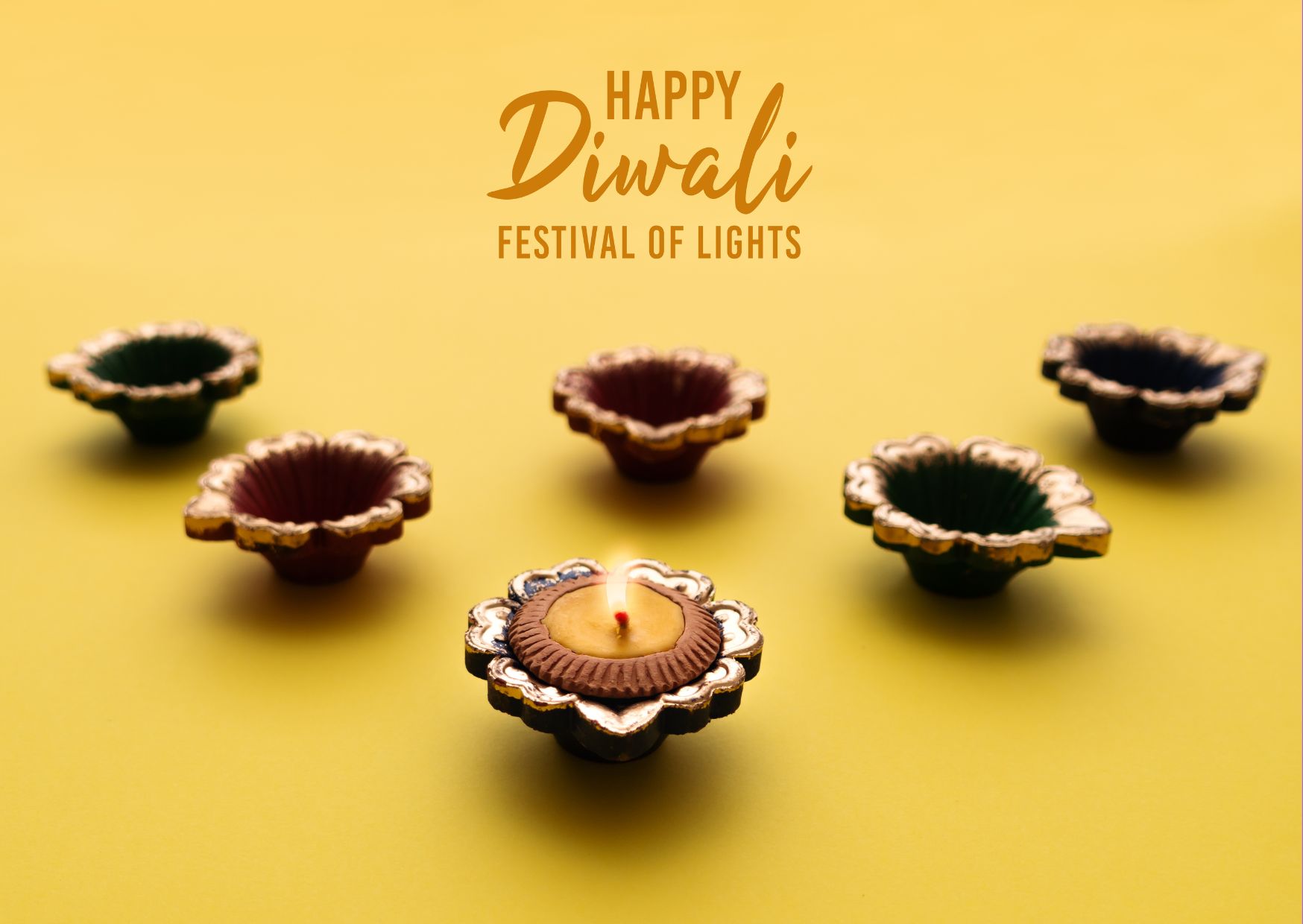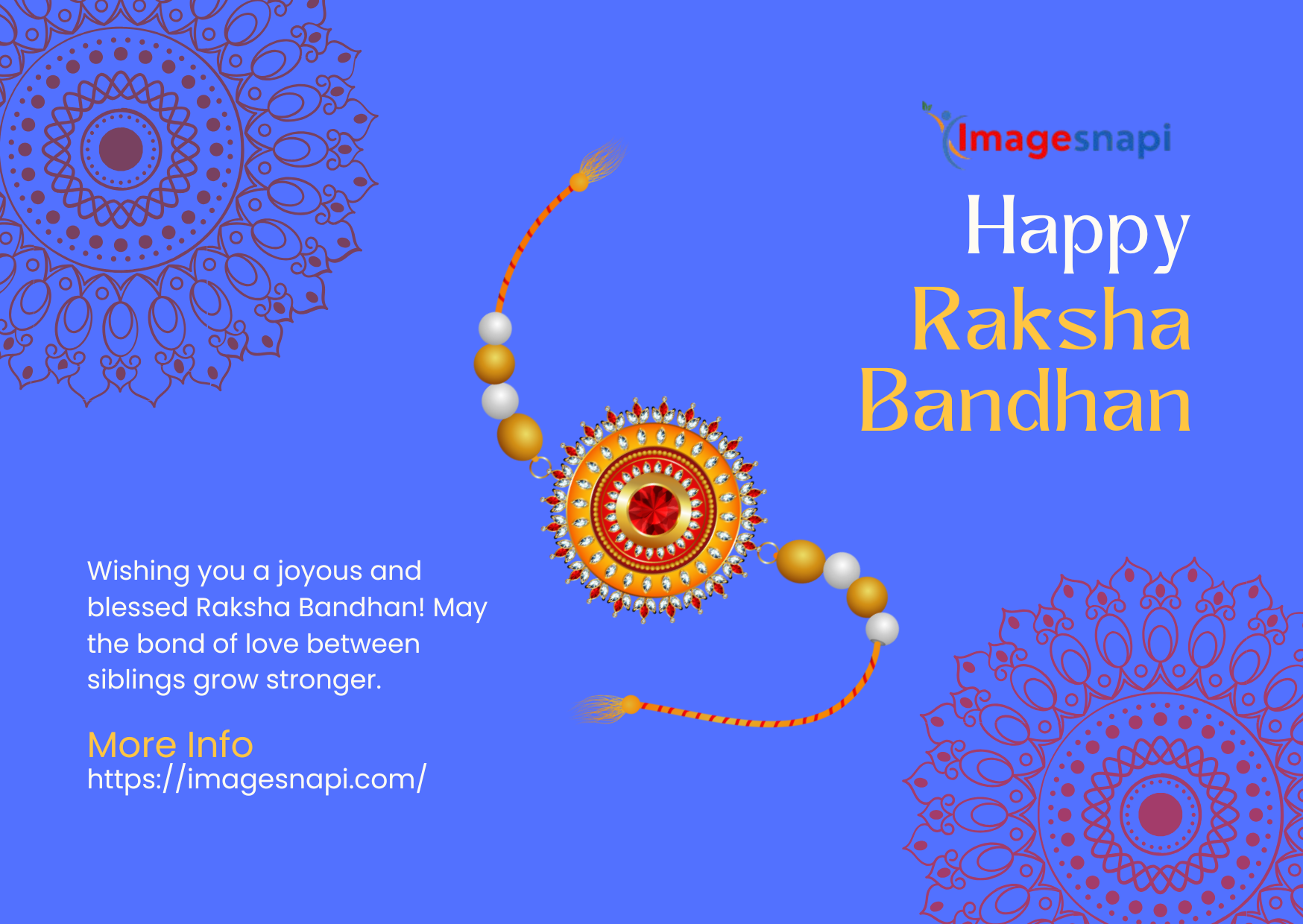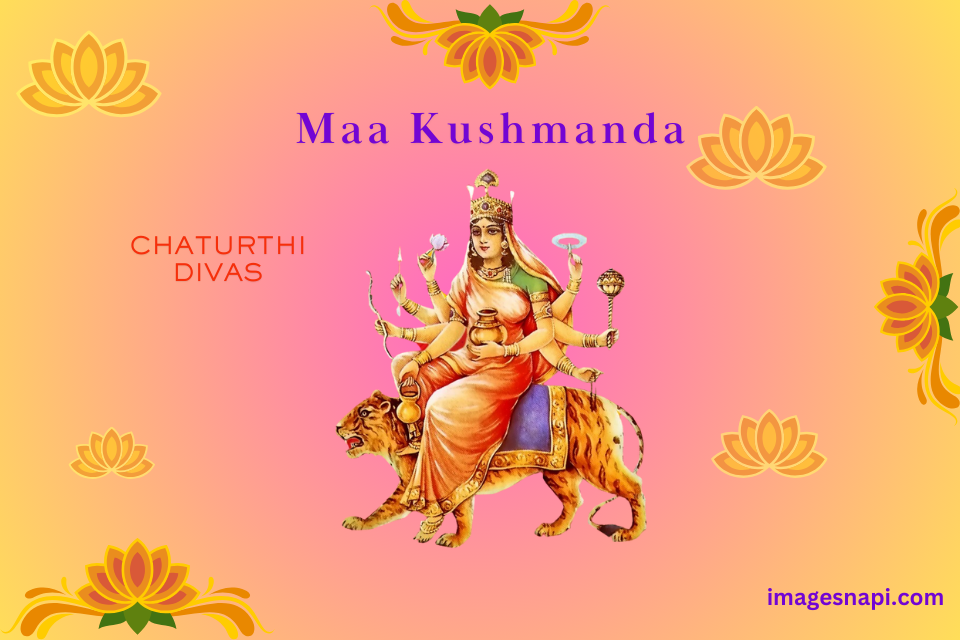
Navratri Day 4 Devotion: Embracing the Aura of Maa Kushmanda
Navratri, the nine-night festival dedicated to the divine feminine, is a journey of devotion, discipline, and spiritual awakening. Each day is dedicated to a different form of Maa Durga, and Day 4 celebrates Maa Kushmanda, the fourth manifestation among the NavaDurga. Known as the creator of the universe, Maa Kushmanda embodies the power of light, warmth, and creative energy. Her name itself is derived from three words — Ku (little), Ushma (warmth or energy), and Anda (cosmic egg) — symbolizing her ability to create the universe with her divine smile. In this blog, we’ll explore the legend of Maa Kushmanda, her symbolism, puja vidhi (worship rituals), mantras, spiritual significance, and why this form of Durga holds a special place in the hearts of devotees on the fourth day of Navratri. 🌼 The Legend of Maa Kushmanda According to Hindu scriptures, when the universe was shrouded in darkness, it was Maa Kushmanda who smiled and illuminated the cosmos with light. Her smile birthed the Anda — the cosmic egg — which marked the beginning of creation. She is believed to have created the universe from nothingness, initiating time, space, and life. She resides in the core of the Sun, radiating brightness and life across the cosmos. This celestial connection makes her the source of energy, vitality, and warmth, influencing not just physical creation but spiritual evolution as well. Her divine abode in the Suryamandal (solar sphere) signifies her power to infuse life in all beings. It’s said that only she can dwell in the heart of the Sun, indicating her unimaginable energy and fierce strength. 🪷 Iconography: How Maa Kushmanda is Depicted Maa Kushmanda is typically depicted as radiant and smiling, seated on a lion, symbolizing courage and strength. She is shown with eight hands, holding: Kamandal (water pot) Dhanush (bow) Bada (mace) Kamal (lotus) Amrit Kalash (nectar pot) Chakra (discus) Gada (mace) Jap Mala (rosary) Each of these elements holds spiritual significance, symbolizing power, creation, meditation, and nourishment. The Jap Mala in her hand signifies her ability to bestow wisdom and aid in spiritual progression. 🙏 Puja Vidhi: How to Worship Maa Kushmanda on Day 4 The worship of Maa Kushmanda on Chaturthi (fourth day) of Navratri is done with immense devotion and attention to detail. Here’s the step-by-step puja vidhi to seek her blessings: 🔸 Step-by-Step Puja Ritual Purification: Begin your day with a bath, wear clean clothes (preferably in green, the color of Day 4), and purify your altar. Kalash Sthapana (if not already done on Day 1): Set up a kalash filled with water, mango leaves, and a coconut. Invoke the Goddess: Light a ghee diya and incense sticks. Meditate on Maa Kushmanda and invite her presence with mantras. Offerings (Bhog): Offer malpua, fresh fruits, coconut, and milk-based sweets. She is believed to favor sweet, sattvic dishes. Flowers & Clothes: Offer green-coloured flowers or green chunri. Green symbolizes growth, harmony, and fertility — qualities that Maa Kushmanda embodies. Chant Her Mantra & Stuti: Recite her Dhyana Mantra and Stotra with devotion (see next section for mantras). Aarti: Perform the Durga Aarti or a special Kushmanda Aarti with claps and bells. Charity: Feed the needy, offer food or clothes, especially to young girls or Brahmins. Charity multiplies the blessings of Navratri. 🕉️ Mantras Dedicated to Maa Kushmanda 📜 Dhyana Mantra Suraasampurna Kalasha Rudhiraaplutamev Cha | Dadhana Hastapadmabhyaam Kushmanda Shubhadaastu Me || This mantra invokes her divine form and seeks her blessings for prosperity and wellbeing. 📿 Beej Mantra ॐ कूष्माण्डायै नमः || (Om Kushmandayai Namah) Chanting this mantra 108 times on Day 4 of Navratri helps eliminate negativity and brings clarity of thought. 🌞 The Spiritual Symbolism of Maa Kushmanda Maa Kushmanda is not just a creator of the external universe, but also of the inner universe — the Atma or soul. Her presence is a reminder that creation begins within. She empowers us to: Let go of fear and embrace light Create positivity from darkness Smile through challenges and bring warmth to others Her placement in the Anahata Chakra (Heart Chakra) further emphasizes her connection to love, balance, and emotional healing. 🌿 Green – The Auspicious Color of Day 4 Each Navratri day is associated with a color that resonates with the Goddess being worshipped. Green, the color for Day 4, symbolizes: Nature and growth Healing and harmony New beginnings and fertility Wearing green on this day while performing the puja is considered highly auspicious and helps align one’s energy with Maa Kushmanda’s vibrant aura. 🪔 Significance of Worshipping Maa Kushmanda Worshipping Maa Kushmanda is said to bring about: Vitality and energy to lead a balanced life Relief from chronic diseases and mental fatigue Prosperity and success in creative pursuits Confidence and inner strength to manifest goals Spiritual clarity and meditative focus Devotees who meditate upon her experience an inner radiance and a stronger connection with their life purpose. 🌟 Stories of Devotees and Divine Grace There are countless stories in spiritual texts and oral traditions that speak of Maa Kushmanda’s grace. One such tale speaks of a devotee who had lost everything in life — wealth, family, and health. On Navratri Day 4, he meditated sincerely on Maa Kushmanda and offered her malpua and coconut with devotion. Within weeks, his health began improving, and soon after, he found opportunities that brought him peace and prosperity. His life turned around, and he became a devoted follower for life. 🏵️ Navratri Day 4 in Temples Across India On this day, major Durga temples across India — especially in West Bengal, Gujarat, Maharashtra, and Himachal Pradesh — celebrate Maa Kushmanda with elaborate decorations, special pujas, and bhajan-kirtans. Devotees gather in large numbers, dressed in green, singing her glories. In some temples, massive malpua bhogs are offered and later distributed as prasadam. The divine energy on this day is palpable and spiritually uplifting. ✨ Personal Reflection & Inner Rituals While the rituals and mantras are essential, the true worship of Maa Kushmanda lies in the smile from the heart

